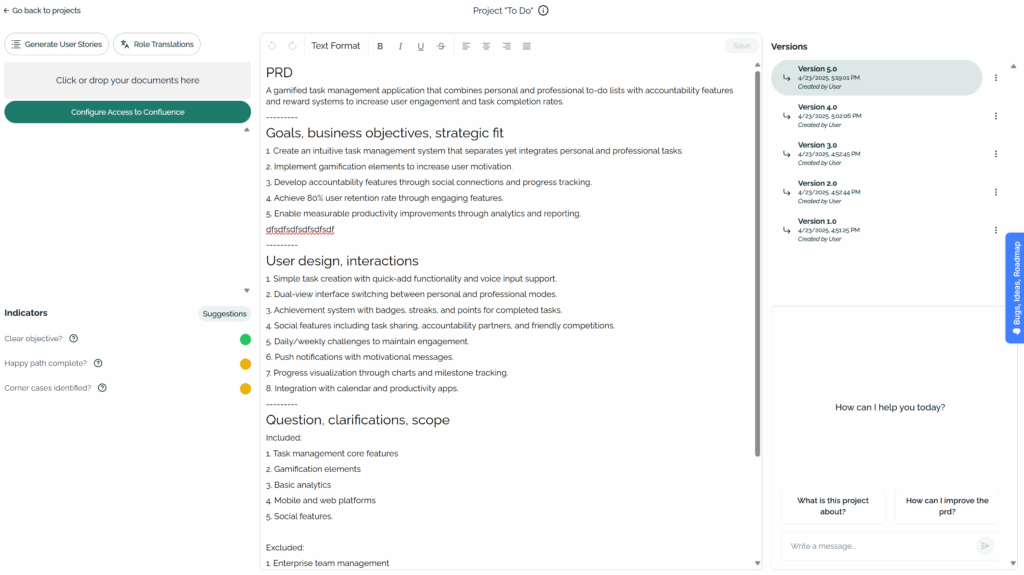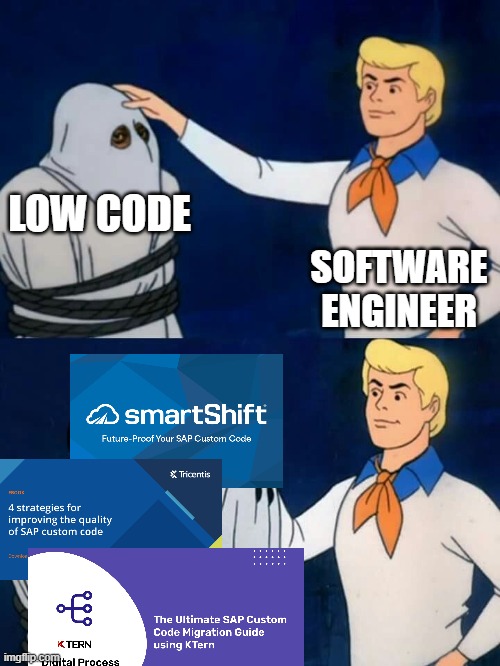In 1977, the Apple II let users load floppy disks to run software that wasn’t available on their computer otherwise. In the mid-1980s, Windows 1.0/2.0 allowed structured installation procedures, and by the early 90s with Windows 3.1, average users were able to install software with an installation wizard that guided them in an easy journey.
Today, we’re entering a rare period of time that could be similarly disruptive. For now can call the run-up to this possible moment the gradual but inevitable dissolution of application boundaries.
In consumer software, the application layer has become thinner than ever as the shared tooling substrate becomes thicker. From a process perspective, I can build an application, deploy it to the cloud, sell and manage subscriptions for the application, and make iterative improvements to it at the press of a button. Zooming in, I can create features in-app that allow users to register, sign in, reset, and logout of an account, send form data and other standardized methods of feedback to a database, and fetch and consume other data in a variety of easily implemented views, such as video, tables, charts, formatted text, and audio.

In fact, if you look at almost every app installed on your phone today, they all share a foundational level of homogenous functionality. Rare is a feature or function of an app that doesn’t exist in a similar and oftentimes exactly the same way in another app. The entire ecosystem of application development, from the tooling to the management to the common libraries, APIs, and SDKs, makes it easier than ever to clone an app overnight.
Naturally the next step would be to abstract all these common functions into an out-of-the-box experience. You may say, but mate, people already tried to do this in the 2010s, with app builders and abstracted backends as services like Parse, and evolutionary descendants and relatives like Appian, Google’s Firebase, any number of low and no code platforms, and enterprise ERPs like SAP. Workflow engines and low/no code platforms have indeed been working on this problem for many years. In the ideal scenario, you could whip up an application that strings together the functionality you need, deploy said app automatically, and with lego-like modularity and flexibility, build 100 other apps overnight for specific purposes. The question changes suddenly from “What app do I use?” to “What capability do I need?” … is what they all promised. Unfortunately, it has never been so easy or useful to whip up these apps. If you’re a non-technical end-user, you don’t have the know-how to build an app easily even with these no-code platforms. If you’re a technical end-user, the no-code platform is too limited to allow true flexibility to get what you need done without custom code, at which point it’s now faster to just build the app from scratch without the no-code platform.
When Windows 3.1 finally allowed the average end-user to be able to install their own applications without any technical background or effort needed, the consumer software industry was born overnight. It is at this time, with the advent of MCP and LLMs as the backdrop, that semantic workflow composition is finally possible. Instead of manually wiring tools together, systems will understand intent and automatically compose the right tool chains. Think less “I need to connect my analytics dashboard to my database so I can look at retention” and more “What does retention look like lately” – and the system materializes the appropriate tooling constellation that most effectively tells the story of retention to a particular user.
This leads to contextual computing environments – where your interface dynamically reshapes based on what you’re trying to accomplish, pulling from a vast ecosystem of specialized tools. The “app” becomes more like a real-time materialization of capability rather than a fixed container.
The endgame might be the emergence of computational workspaces that are:
- Fluid: Interfaces that morph based on task context
- Composable: Any tool can work with any other tool semantically
- Collaborative: Human and AI agents share the same tooling substrate
- Emergent: New capabilities arise from novel tool combinations

We’re heading toward a post-application world where the system assembles the right computational environment on demand. The excitement is palpable as is my anxiety, and with that nervous energy, we’re working on an exciting new direction for product development and the way problems are solved. Announcement coming soon!!
Update 8/10/25 – The rapid adoption of MCP-UI and similar concepts is realizing this kind of contextual computing environment, here and now. See Shopify’s work here
